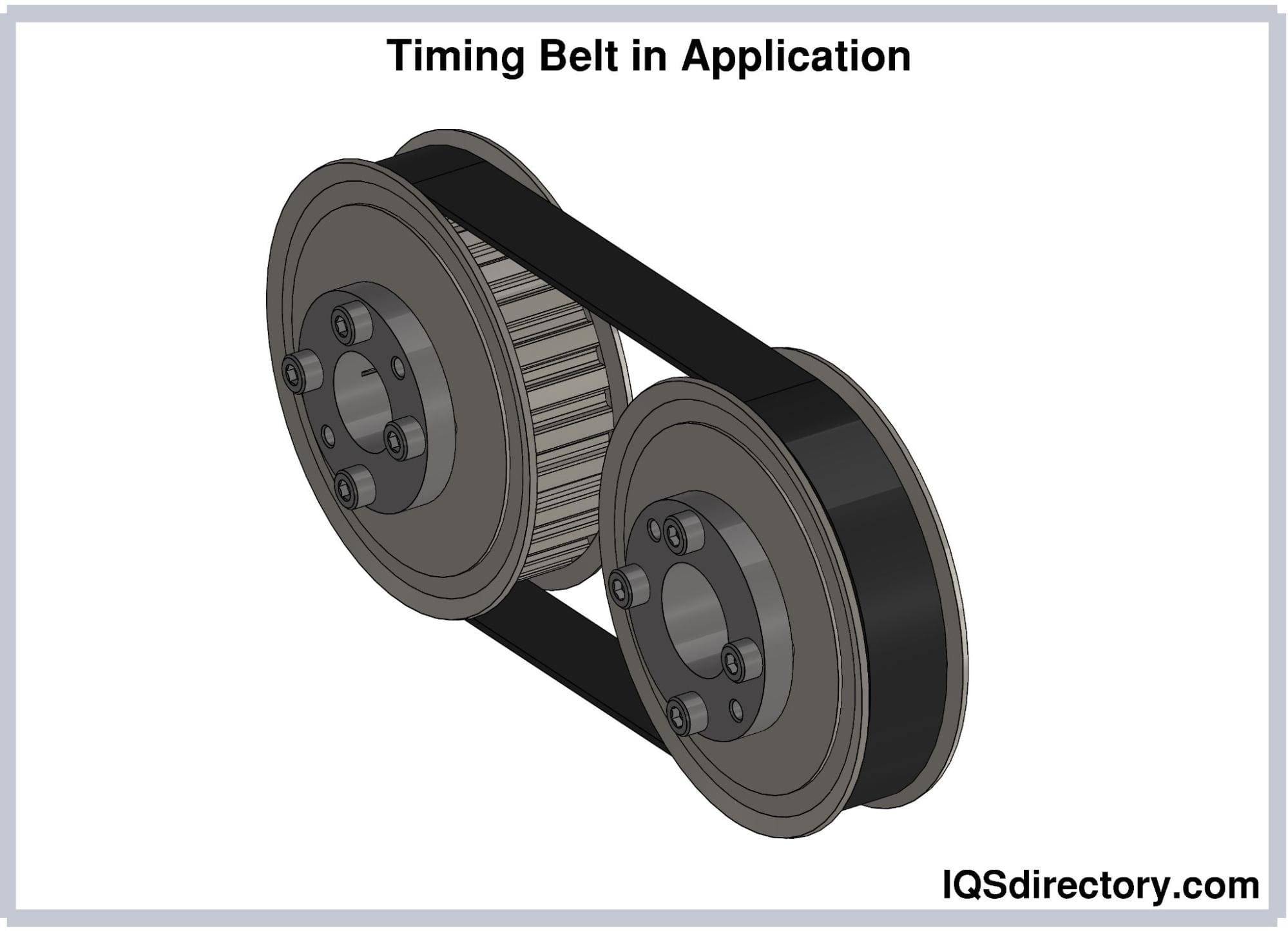As a crucial component of an internal combustion engine, the timing belt plays a vital role in synchronizing the rotation of the engine’s crankshaft and camshaft. Over time, the timing belt may wear out, leading to potential engine damage if not replaced in time. Therefore, it’s essential to understand how to calculate the life of a timing belt to ensure the smooth operation of your vehicle.
Factors Affecting Timing Belt Life
Several factors contribute to the wear and tear of a timing belt. Understanding these factors can help in calculating the life expectancy of the timing belt:
- 1. Mileage: The mileage of the vehicle is a significant factor in determining the life of a timing belt. Most manufacturers recommend replacing the timing belt between 60,000 to 100,000 miles.
- 2. Age: While mileage is crucial, the age of the timing belt also impacts its lifespan. Even if the mileage is within the recommended range, a timing belt that has been in use for several years may require replacement due to the degradation of the rubber and other materials.
- 3. Driving Conditions: Harsh driving conditions, such as extreme temperatures, heavy loads, and frequent stop-and-go driving, can accelerate the wear of the timing belt.
- 4. Maintenance: Proper maintenance, including regular inspections and timely replacements, can extend the life of the timing belt.
Calculating Timing Belt Life
When it comes to calculating the life of a timing belt, there are a few methods and indicators to consider:
Manufacturer’s Recommendations
First and foremost, it’s essential to refer to the manufacturer’s recommendations for the specific vehicle. The owner’s manual or service schedule provided by the manufacturer usually includes the recommended intervals for timing belt replacement based on mileage and age.
Visual Inspection
Performing a visual inspection of the timing belt can provide valuable insights into its condition. Look for signs of wear, such as frayed edges, worn teeth, shiny or marbled appearance, and cracking within the rubber. These visual indicators can help determine if the timing belt is nearing the end of its life.
Sticker Under The Hood
Some timing belt replacement kits come with a sticker that includes the date and mileage of the replacement. If such a sticker is present under the hood, it can provide a clear indication of when the timing belt was last replaced, helping in calculating its remaining life.
Professional Inspection
For a more accurate assessment of the timing belt’s condition, a professional mechanic or technician can perform a comprehensive inspection. They can assess the wear and condition of the timing belt, considering factors such as age, mileage, and visual indicators of wear.

Credit: www.brecoflex.com
Warning Signs of an Aging Timing Belt
It’s important to be aware of the warning signs that indicate an aging timing belt. Some of the common signs include:
- • High-Pitched Noise: A worn-out timing belt can produce a high-pitched noise, signaling the need for replacement.
- • Visible Wear: Any visible signs of wear, such as cracks, fraying, or glazing, indicate that the timing belt may be reaching the end of its life.
- • Engine Misfires: A failing timing belt can lead to engine misfires or a poorly running engine, indicating potential timing belt issues.
- • Engine Vibrations: Vibrations or unusual engine behavior can be attributed to a worn timing belt affecting the engine’s timing.
Frequently Asked Questions
How To Check The Life Of A Timing Belt?
To check the life of a timing belt, look for frayed edges, worn teeth, shiny or marbled rubber, and signs of cracking. A sticker under the hood may indicate the date and mileage of the last replacement. Belt life is more about mileage than age, and it’s recommended to follow the manufacturer’s recommendations for replacement intervals.
What Is The Lifespan Of A Timing Belt?
The lifespan of a timing belt varies depending on several factors such as the make and model of the vehicle, driving conditions, and maintenance. Generally, timing belts should be replaced every 60,000 to 100,000 miles or according to the manufacturer’s recommended interval.
Regular inspections for signs of wear, such as frayed edges or cracked rubber, can help determine if a timing belt needs replacement. It is important to follow the manufacturer’s guidelines for optimal performance and to prevent potential engine damage.
How To Tell Timing Belt Age?
To determine the age of a timing belt, you can check for a sticker under the hood that indicates the date and mileage of the last replacement. However, it’s important to note that mileage is more crucial than age, as wear and tear can make belts susceptible to breaking.
Look for signs of frayed edges, damage, worn teeth, shiny or marbled rubber, and cracking within the belt. It is recommended to follow the manufacturer’s recommendations for timing belt replacement intervals.
Can A Timing Belt Last 200 000 Miles?
Yes, a timing belt can last up to 200,000 miles with proper maintenance and regular inspections.
Conclusion
Calculating the life of a timing belt is essential for ensuring the reliable operation of an internal combustion engine. By considering factors such as mileage, age, driving conditions, and maintenance, vehicle owners can assess the remaining life of the timing belt. Regular inspections, adherence to manufacturer recommendations, and being mindful of warning signs can help in preventing potential timing belt failures and costly engine damage.



